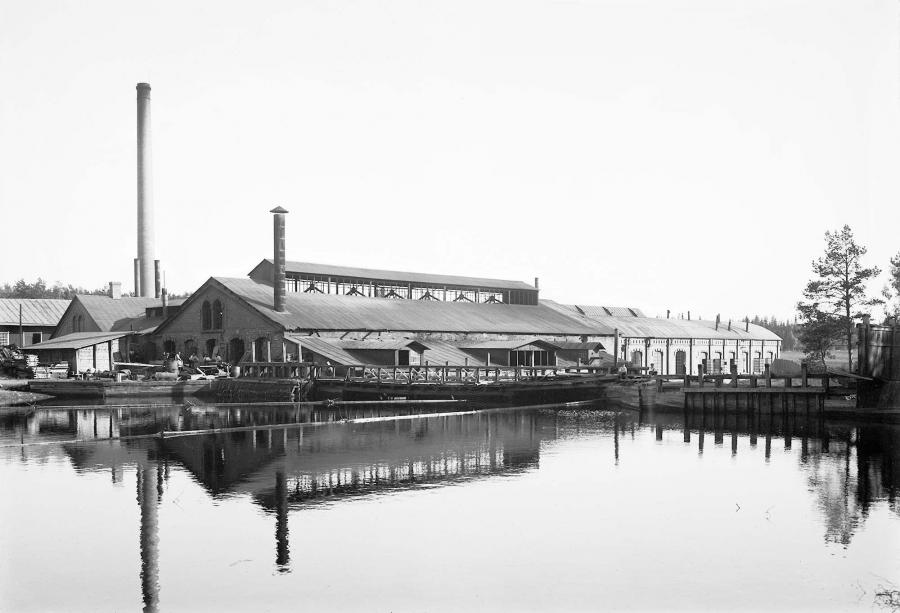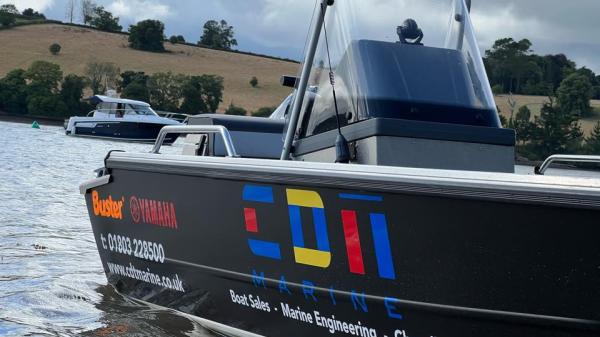13.8.2021
Inha Works celebrates 180th anniversary this year

Buster aluminium boats are manufactured at Inha Works in Ähtäri, Finland, where metal has been worked for the past two centuries. The story of the foundry village dates back to 1841, while boat production along the Inhanjoki river began 130 years later. Accordingly, Inha Works is celebrating its 180th anniversary, as well as the 45th anniversary of Buster aluminium boats, in 2021.
The history of Inha Works began in 1841, when justice Erik Gustaf Roschier, owner of the Inha sawmill and grain mill, was granted permission by the governor to manufacture iron on the banks of the Inhanjoki river. Industrial activity began in earnest 10 years later, when the iron mill began processing lake ore and bog ore into iron.
Industrial activity gained real momentum in 1884, when renowned industrialist August Nilsson Keirkner began to develop the factories and built a steam sawmill, a steel foundry, a horseshoe workshop, and a bolt and rivet workshop. Forged products continued to be manufactured in Inha to this day, only 170 years later, the historic black iron mill has been transformed into the equipment hall for Buster’s largest models.
A subplot in the long history of boat production at Inha Works began in the 1950s at another ironworks, Kellokoski in Tuusula. In 1953, on the initiative of Per-Håkan Carlander, Kellokoski Works began manufacturing Kello aluminium boats. Using “light metal,” as it was referred to at the time, to manufacture boats was a revolutionary idea in the era of wooden boats.
The stories of the two factories specialising in metal processing came together in 1973, when Fiskars decided to move the production of aluminium boats from Kellokoski to Inha. Production moved entirely to Ähtäri in 1976, and the two boat models were renamed the Fiskars 12 and Fiskars 14. The following year, these in turn became the 3.6-metre Mini Buster and 4.15-metre Buster.
The Fiskars era in Ähtäri ended in 2016, when Inha Works was acquired by Yamaha Motor, one of the world’s leading boating product companies. At the beginning of the 2020s, Inha Works is responsible for annual net sales of approximately EUR 70 million with around 125 employees working at the production plant in Ähtäri, which has an annual production capacity of more than 5000 boats.
The latest development step is the installation and trial running of outboards already at the factory. This phase has traditionally been done only at the dealer's premises before the boat is handed over to the customer. Although this is a significant change from the perspective of the boat manufacturer and dealer, it is not directly visible to the customer – only indirectly in terms of reliability and speed of service.


